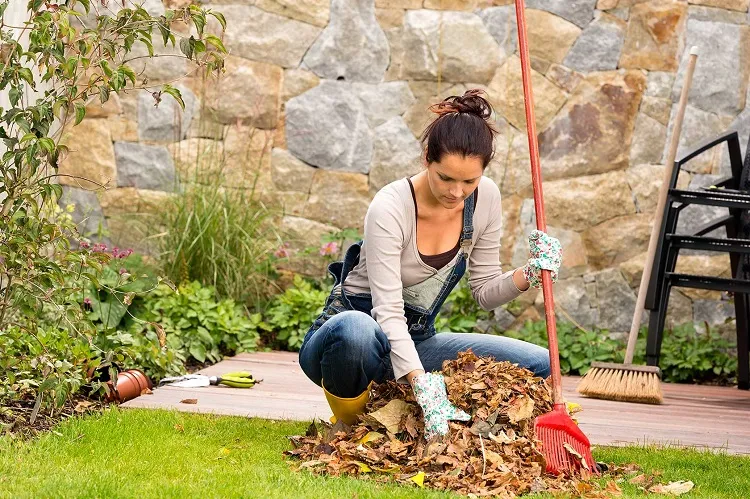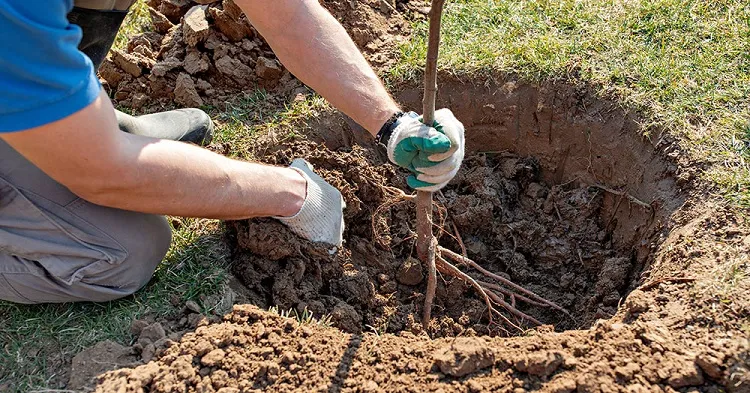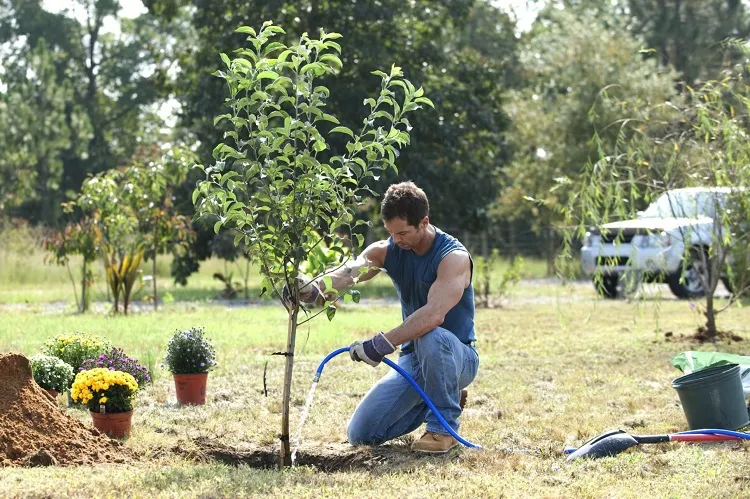October is a month of transition in the garden, marked by the vibrant hues of autumn foliage, anticipation of lowering temperatures, and preparations for the winter. Embrace the changes of seasons, keeping your green place full of greenery, colors and life, despite the cooler conditions. What is best to be planted this month? How to plan your gardening in October to-do list?
October Gardening To-Do List

As October comes, priorities for gardeners radically changes. It’s a time to get ready your garden for the winter, while still enjoying the landscape loveliness and wealth of autumn flowers, fruits and vegetables. Here’s a checklist to guide you through your gardening in October tasks:
- Plant parts cleanup: Begin with tidying up your green area. Get fallen leaves, dead plant parts, and all the debris. This measure not only keeps your garden looking neat, but is also beneficial in preventing the distribution of disease and pests.
- Pruning perennials: Trim back overgrown bushes and other perennials to foster healthy growth when the spring come after some months. Search for specific plants to prune, which may benefit from fall trimming, while others should be left till warmth comes.
- Composting plant parts: Gather fallen leaves and other organic matter to turn them into rich compost. This not only decreases waste, but also supplies with nutrient-rich soil for your garden beds.
- Testing pH and nutrients: It’s the right time to test your soil’s pH and nutrient content. Knowing this will help you in adjusting the soil conditions for best plant development lately in spring.
- Plant spring bulbs: October is the suitable time to place in soil flowering in spring bulb plants like tulips, daffodils, and crocuses. Dig holes to the desired depth, place them, and cover with a soil layer. Finally, water them abundantly.
What to Plant in Your Garden in October?

Although October normally marks the end of the growing and ripening season for many crops, there are plenty of opportunities to plant new ones in your garden. There are some good examples of what to plant in this month:
- Cold tolerant winter greens: This group includes spinach, kale, and lettuce to have fresh, homegrown salads for all winter.
- Garlic for the summer: Planting garlic should be an important part of your plan for gardening in October. This month is just the right time for preparations to reach a bountiful harvest next summer. Separate the cloves one by one, and place them with the pointed ends up.
- Flavorful herbs: Consider adding perennial herbs like sage, thyme, and rosemary to your garden. They’ll grow all winter long, and bring flavorful additions to your culinary efforts.
- Shrubs and trees: Autumn is the proper time to plant trees and shrubs, because the lower temperatures allow the plants to establish their root balls before winter. Be sure to water them abundantly after planting.
Read also: What to Plant in October 2022: Vegetables, Flowers and Herbs for Your Autumn Garden
What to Sow in October?

Sowing seeds in this month will set the stage for growth in the beginning of spring. There are some possibilities for what to sow in your garden:
- Cover crops: It’s a good idea to plant cover crops like winter rye, clover, or vetch in order to protect and enhance the soil during the winter months. They’ll also prevent from erosion and repress weeds.
- Onion: Sow its seeds in this month for a head start on your onion crop in March.
- Peas: There are pea varieties, like sugar snap peas, which can be sown in the middle of autumn in order to harvest them in late fall or early spring.
- Spinach: In milder climate zones, it’s suitable to sow spinach seeds for late fall or early spring harvest. Ensure that you provide some shelter if frost is a problem.
Gardening in October Tips

To make the most of your October gardening care, consider the following valuable tips. First of all, be aware about forthcoming weather changes, particularly if you live in a region with unpredictable autumn frosts. Then protect sensitive crops according to their needs. Your first care is to add a layer of mulch to your garden beds, which is helpful in regulating soil temperature and retaining of moisture. This is vital, especially for newly planted bulbs and perennials. As the gardening season is passing, take the time to take a look at this year’s successes and challenges. With the help of this knowledge, plan and improve your garden for the next growing season. Perform pest and disease control by keeping a close eye out for possible infestations. Take away and dispose of any affected plant parts to prevent the future spread.

